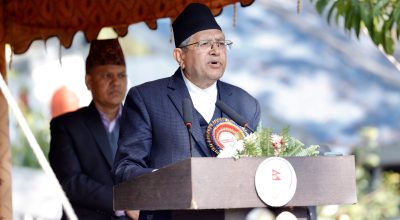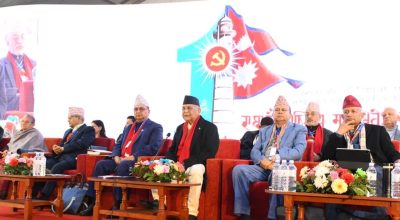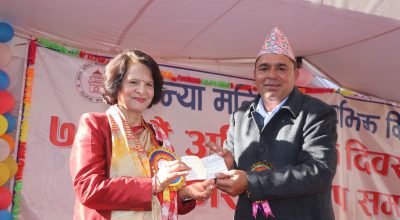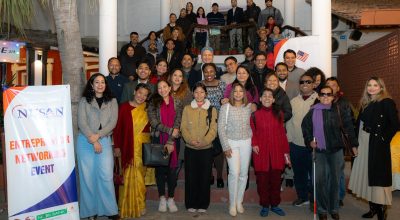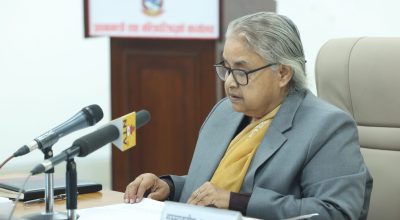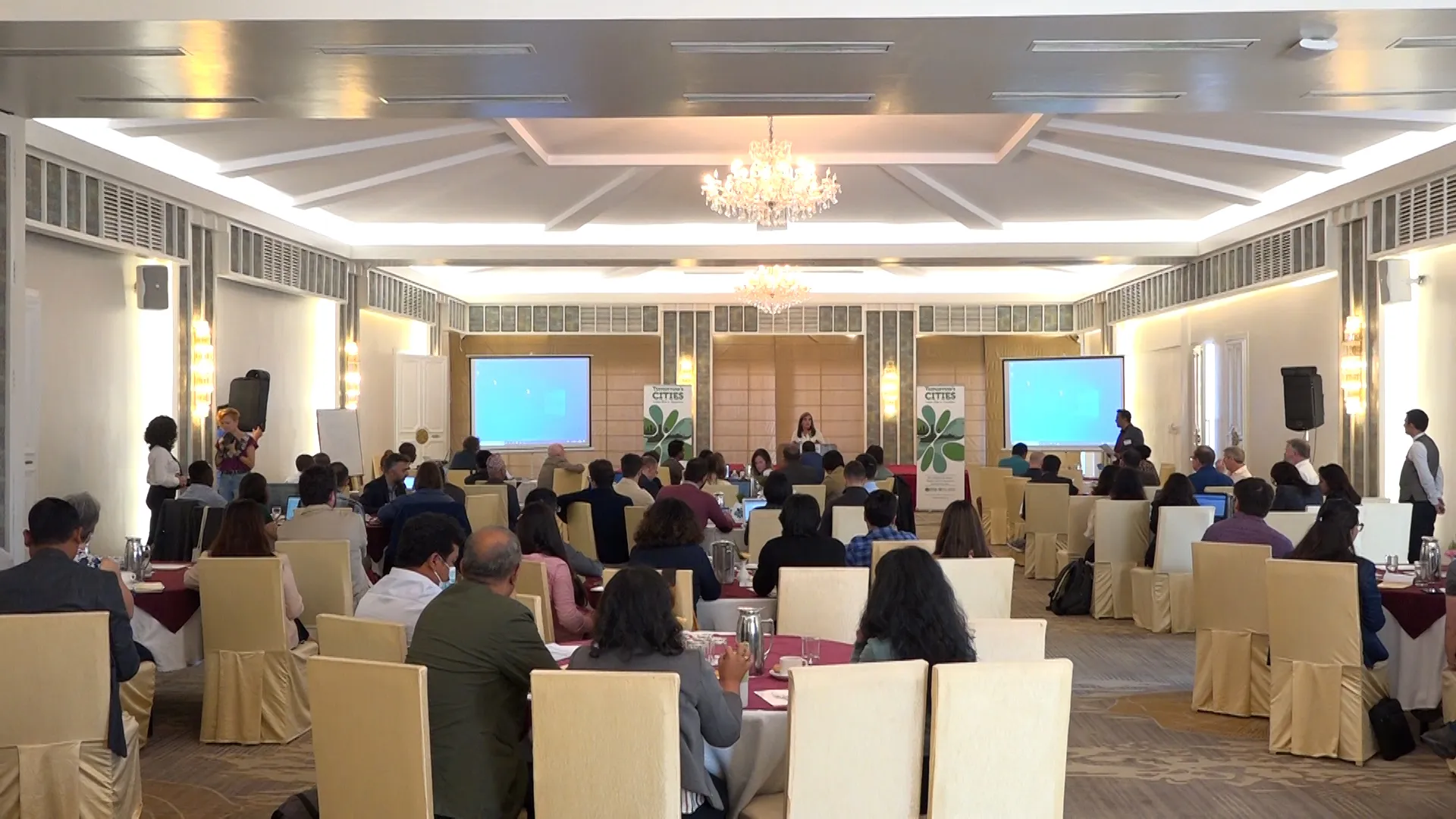
At a time when unorganized urbanization is increasing in the name of development, a conference of experts from 5 different countries involved in the campaign to make the “Tomorrow’s Cities” disaster risk resilient has started in Nepal.
Scientists from Turkey, Kenya, Ecuador and Britain are participating in the conference named “Tomorrow’s Cities– Urban Risk in Transition” held in Lalitpur, with the aim of making future cities resilient to disasters that may occur due to climatic effects. Scientists are conducting their studies spanning major cities in Nepal, Turkey, Kenya and Ecuador.
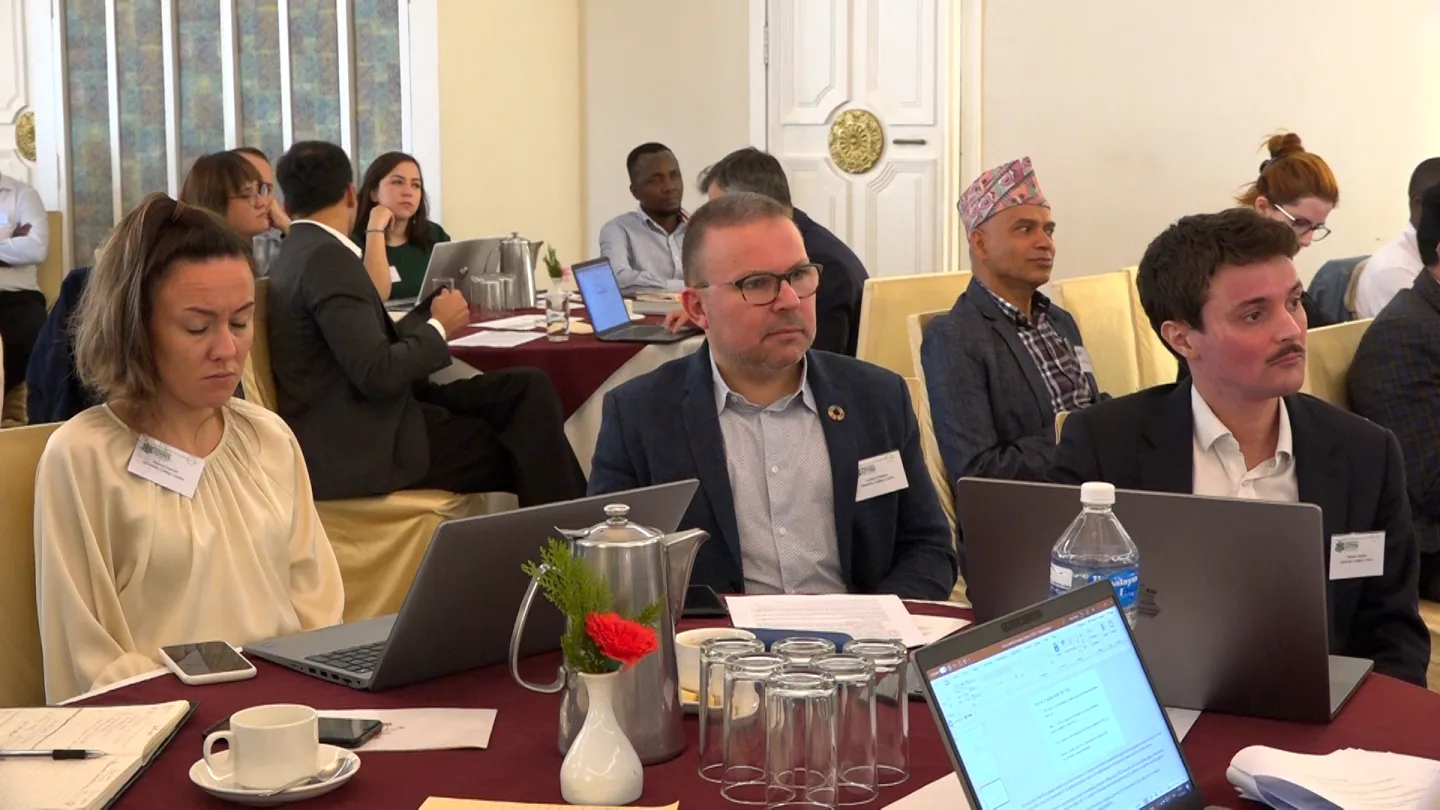
In the 5-day conference, the experts will present and discuss the achievements and challenges achieved during the study under the Tomorrow’s Cities project in their respective countries. The Tomorrow’s Cities project, which started as a joint initiative of various organizations including UK Research and Innovation, British universities, Practical Action, Nepal Development Research Institute, NSET, will produce a decision support environment for risk informed planning of the future.
Participating in the conference, Professor John McCloskey of University of Edinburgh in the UK said that since Nepal is one of the countries most at risk of climate change, it is important for the leadership in Nepal to start talking now about how to ensure a safe future. He said that due to climate change in Nepal, many disasters such as drought, snowfall, floods, landslides are increasing every year, so Nepal needs keeping disaster resilience in mind while thinking of cities of tomorrow.
He remarked, “We are studying how to properly manage the increasing urbanization and how to manage the development of tomorrow’s cities. We are studying on how to avoid natural disasters and how to make the cities prepared beforehand. Management of increasing urbanization is now becoming a challenge for many countries. It has been seen that there is a big challenge in Nepal as well. Therefore, it is necessary to make a good decision today.”
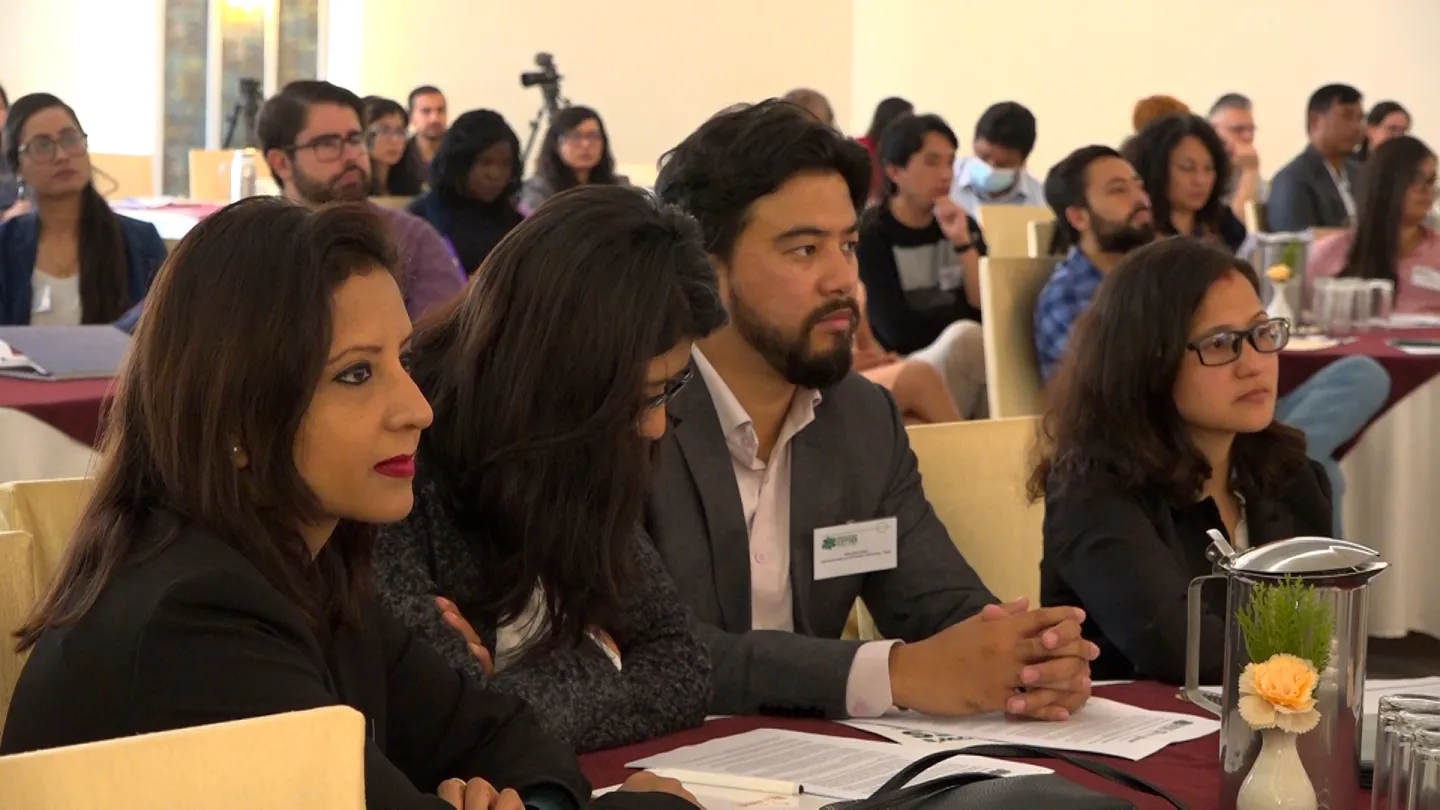
“Millions of people die every year due to natural disasters. In order to prevent it, the importance of advance preparation and management is very important. Therefore, the city of tomorrow needs to be free from all risks. Nepal is exposed to the main risk of climate change. Therefore, it is necessary for Nepal’s leadership to talk about how we will be safe in the future. Many natural disasters are happening in Nepal, due to climate change, many disasters such as drought, snowfall, floods, landslides are increasing every year. Therefore, Nepal needs to keep disaster resilience in mind while making plans for development. It is also necessary to spread awareness among the public through developed programs.”
Likewise, Professor Carmine Galasso of University College London said, “The research is focused on making the development model free from disaster risk and we are also working to spread public awareness in this regard through various social networks. We are studying on how to make policies for the solution of increasing urbanization and disasters, what the city of tomorrow should be and what it will be like.” He added, “Now, we are researching on how to expand the intellectual capacity and how to plan the development model. Local governments and policy makers should think about preventing the effects of increasing urbanization and climate change by creating more policies. The future policy should be formulated based on the research made by the experts. Currently, the number of people watching videos in the world is large, so if we can inform and communicate about disasters through videos on the online platform, it will also be very beneficial.”
Deputy Executive Director Dr. Ramesh Guragain of NSET clarified, “The Tomorrow’s Cities project is studying cities of 4 different countries including Nepal with the campaign to make new infrastructures and settlements risk-free.” He said, “The Tomorrow’s Cities is a research project working on 4 countries in it: Nepal, Turkey, Kenya, Ecuador. Professors from all universities of 4 countries and UK have come here in this meeting. The main purpose of the project is disaster management on which it has been working on. Regarding this, it is logical to think about what will happen tomorrow when we build new infrastructures and settlements. This project studies what will happen in 20 years due to the infrastructure that will be built tomorrow. It is actually a matter of looking at what kind of impact the decision made now will have in the future.”
Tomorrow’s city project, which started in Nepal with the aim of helping to reduce the risk by predicting tomorrow’s situation while building new settlements or infrastructures, is currently conducting research in Khokana and Bungmati of Lalitpur Metropolitan Municipality. The conference will continue till Friday.







